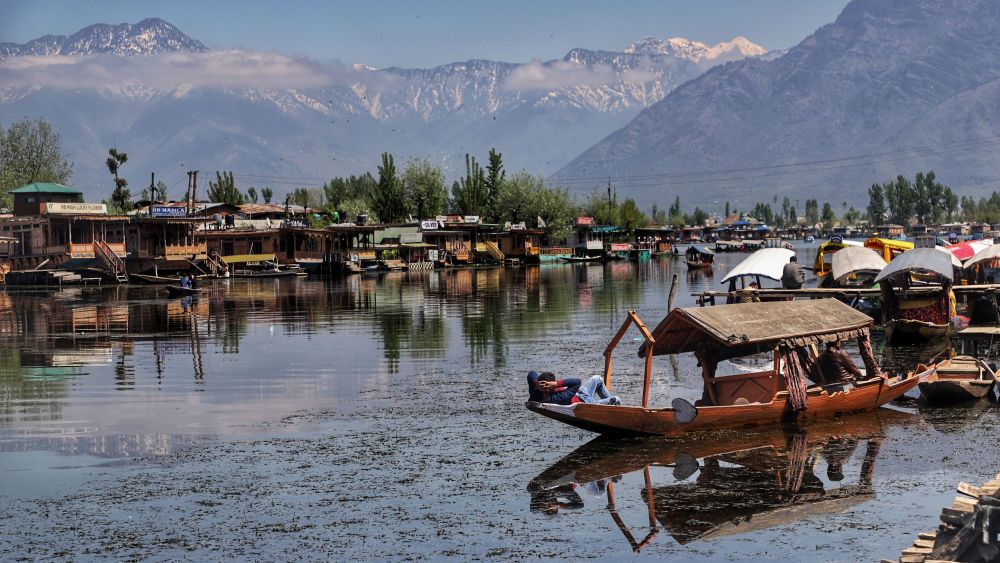

Nestled in the heart of the Kashmir Valley, Srinagar, with its serene lakes, lush gardens, and majestic Himalayan backdrop, has bewitched travelers for centuries. The city’s history as a tourist destination is intertwined with its natural beauty, cultural heritage, and strategic location along ancient trade routes.
Historically, Srinagar has always been a coveted destination, dating back to the Mughal era when emperors would retreat to the city to escape the summer heat of the plains. The establishment of the Mughal Gardens, such as Shalimar Bagh and Nishat Bagh, by Emperor Jehangir in the 17th century, laid the foundation for Srinagar as a haven for leisure and relaxation.
The British colonial era saw the rise of Srinagar as a popular resort town among British officials and elites. With the introduction of the houseboats on Dal Lake and Nigeen Lake, inspired by the British love of boating and fishing, Srinagar's tourism prospects were significantly enhanced. The construction of the Jammu-Srinagar railway line further boosted accessibility and encouraged the influx of tourists.
After India’s independence in 1947, Srinagar experienced a tourism boom, becoming a premier destination for both domestic and international tourists. The establishment of the Kashmir Tourism Department in the 1950s and subsequent infrastructure development, such as better roads, hotels, and other tourist amenities, further propelled its popularity.
Despite facing challenges such as political unrest and natural calamities, Srinagar's tourism industry has displayed remarkable resilience. Efforts taken by the government and local communities to promote tourism include festivals like Tulip Festival at the Indira Gandhi Memorial Tulip Garden and the winter spectacle of Gulmarg Snow Festival, which continue to allure tourists.
In recent years, there has been a shift towards sustainable and experiential tourism. Today’s travelers seek authentic experiences, ranging from living in traditional houseboats and enjoying the local Kashmiri cuisine, to handicraft shopping and engaging with the local culture. Adventure tourism, including trekking, skiing in Gulmarg, and white-water rafting in the Lidder River, is also gaining momentum.
Moving forward, the focus is on promoting responsible tourism practices to preserve the pristine environment of Srinagar and invest in community development. Initiatives such as eco-friendly accommodations, promoting local arts, and crafting immersive experiences reflect the evolving landscape of tourism in this enchanting city.
The historical charm of Srinagar combined with its adaptive and innovative approaches to tourism ensure that it remains a cherished destination for many more generations to come.